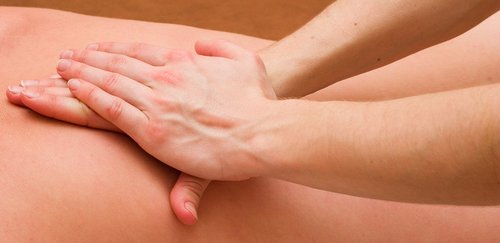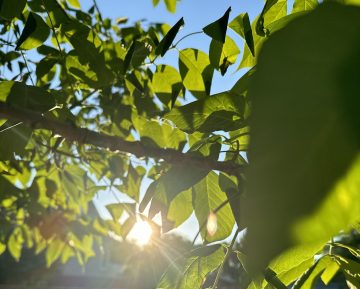“It’s all in the fascia”. How many times have I heard this from healthcare workers who have spent a lifetime working with injuries or researching mechanisms of health and healing?

Loosely speaking, fascia is connective tissue. It surrounds all our body parts, from big to small. Fascia can be the ligaments that support and hold a joint together, or it can be the intricate wrappings around muscles at every level, that become sheets or cords, the fibrous or elastic tendons that insert into bones. It is the gooey, sticky, slippery filler stuff that supports, nourishes and surrounds every one of our cells of muscles and organs. Fascia represents a vitality and capacity in the conduits that hold our nerves and vessels that run like highways up and down our length. It is also scar tissue that forms after an injury in response to inflammation as a positive adaptation — but of course this has tradeoffs, and can have negative consequences….
In massage and other bodywork therapies we work with these concepts — fasica is a big part of the “stiff back” or “frozen shoulder” that we associate with the decreased function and mobility of aging. It can become our “Achilles heel” figuratively (and sometimes literally!) as a place that once was flexible and elastic and now is fibrous and prone to re-injury! In acupuncture, it is what creates the “de Qi” sensation perceived by the acupuncturist and the client, when the needle has found its proper place and activation response. We can tell the difference between healthy and unhealthy fascia just by how the needle is “grasped” by the connective tissue — to an acupuncturist, it feels similar to catching a fish; the first nibble or subtle tug on the line just before he bites. The meridian theory of Chinese Medicine and perhaps the chakra levels of Ayruvedic medicine, can be explained by connective tissue pathways. So we perceive and react with more than our nervous system, and indeed the fascia represents the original and ancient communication system possessed by all multicellular life, even those that do not have a nervous system.
The next time you stretch after a workout, in yoga or tai chi, or are just moving around in pain or lithe comfort, consider the exquisite responsiveness intrinsic in your fascia adapting to your every move.
If you want to learn more about fascia and how to relate this knowledge to consuming health care and being more in health, come to the seminar we are hosting at the ATP clinic this Saturday, July 13, at 1pm. Contact us to pre-register.
Gord Grant PhD, RAc




